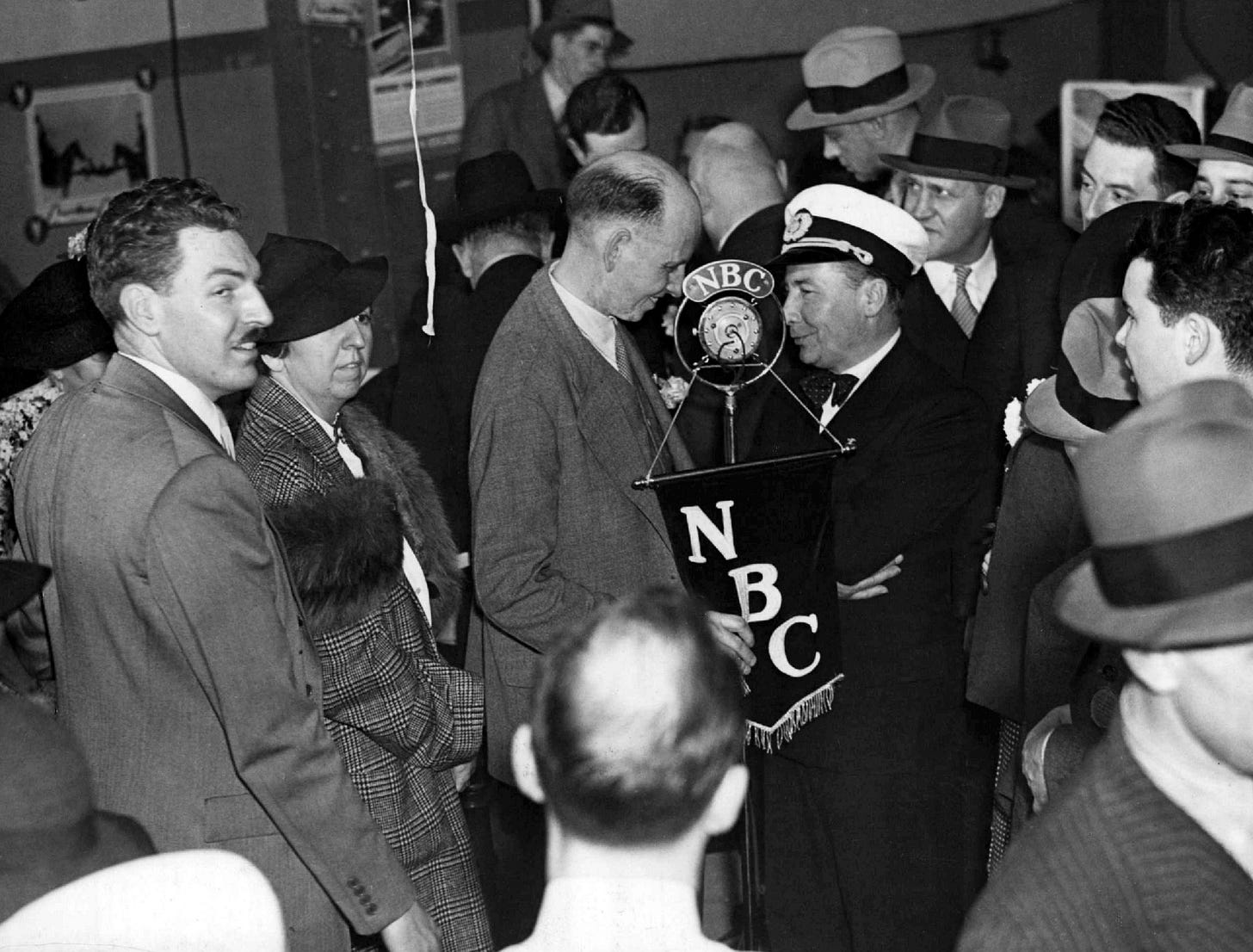
Thanks to Dawn Eden Goldstein for drawing my attention to the story of Max Jordan - and what a story it is!
“Ubiquitous = present, appearing, or found everywhere.”
That would be Max Jordan. To wit:
Max Jordan was born in Italy and baptized Lutheran.
Max Jordan was a student in Germany studying for his doctorate in philosophy
Max Jordan was an American citizen and NBC’s European news chief living in France and the first to broadcast from inside the Soviet Union.
Max Jordan was a journalist for Hearst newspapers, fluent in German, Italian, French, Latin and Greek.
Max Jordan was a priest of the Roman Catholic Diocese of Fargo, North Dakota.
Max Jordan was a Benedictine monk priest living in a monastery in Germany.
Max Jordan was a journalist living in Rome and reporting on Vatican II for Catholic news services in America.
Max Jordan was chaplain to the first US foundation of Cistercian nuns in Wisconsin.
Max Jordan was a popular lecturer in the U.S. and Europe.
Max Jordan was, well, ubiquitous.
Max Jordan was born in 1895. He studied in Frankfurt, Germany and earned a Ph.D. at Jena. He became a journalist for Hearst newspapers and later joined NBC as a correspondent, and eventually becoming the European news chief.
At age 29 he was received into the Church. His conversion story is told in The Way to Emmaus, by J. A. O’Brien (McGraw-Hill, 1953), which I will share in a short post tomorrow.
He became well-known and respected for his reporting from Europe during the run-up to, and during, World War II - the first to break several important stories.
In 1944 he published a memoir of his time in journalism titled Beyond All Fronts.
At the end of World War II, he began his studies for the priesthood at the North American College in Rome.
Formally incardinated in the Fargo, North Dakota diocese when ordained in Rome at age 56 in 1951, he remained in Europe with the permission of his bishop. Three years later he joined the Benedictine order at Beuron, Germany, taking the monastic name of “Placid.”
In 1959 he left Germany for the US when assigned as chaplain to St. Ida’s Convent in Sumter, Wisconsin - the first foundation of Cistercian (Trappist) nuns in the U.S. where he remained for several years. During this time, he lectured frequently throughout throughout the states on many topics, including “The Sixties-What’s Next,” and “Parish Libraries,” and “The Challenge of Christ Today.”
In 1960 he wrote the Introduction to In Silence With God by Benedict Bauer, OSB, then archabbot of Beuron - the popular book remains in print and continues to sell well today.
In the mid-1960s he returned to Europe and covered Vatican II for Catholic news services. Father Placid Jordan, OSB died in Switzerland in 1977.
Ubiquitous, indeed.
For more on the life of Max Jordan see the Library of Congress Blog posting of November 23 titled “NBC’s ‘Ubiquitous’ Max Jordan,” and his profile on Radio Days.



